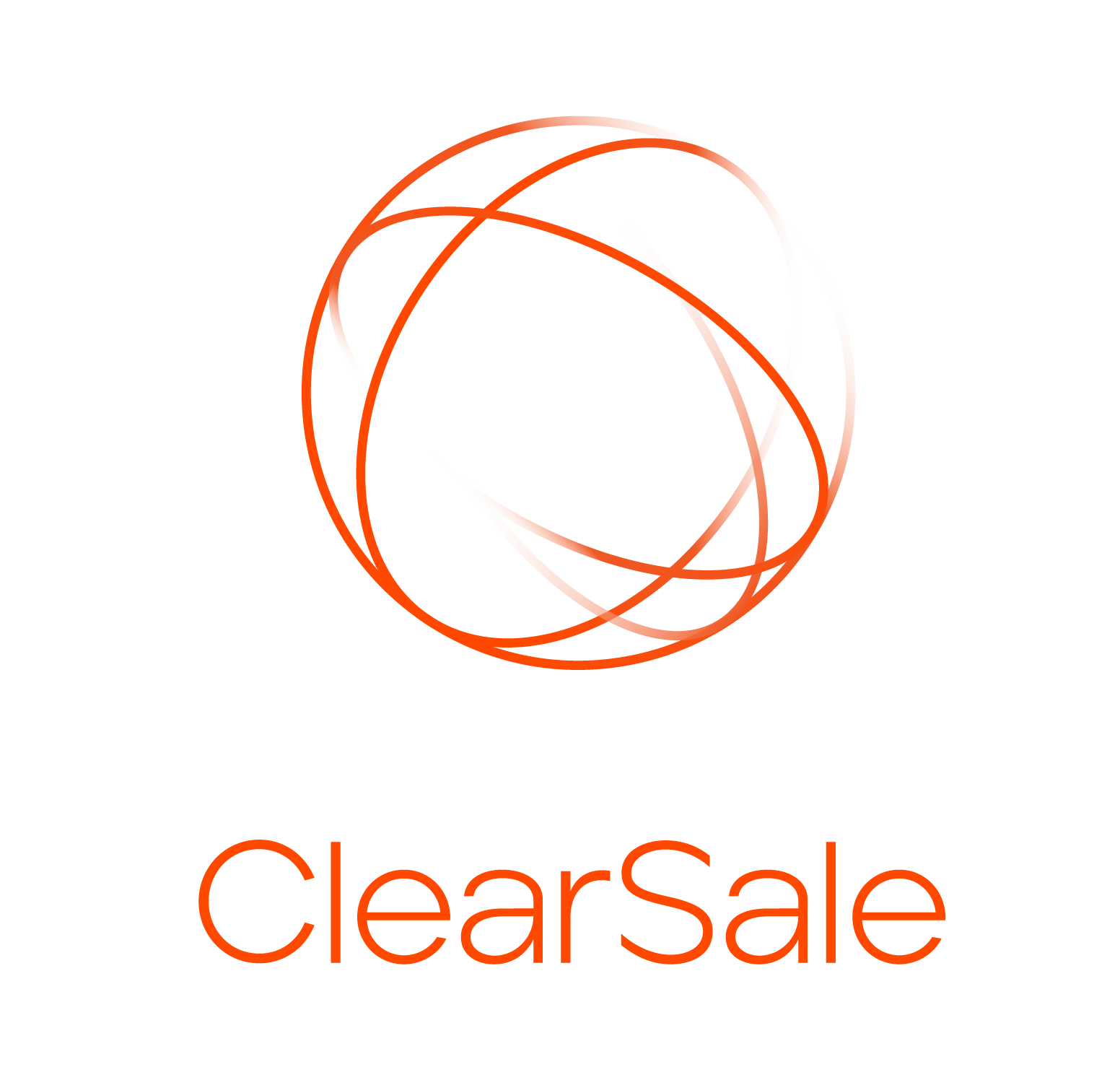The Gartner Magic Quadrant Report and Why It's Useful
Gartner’s Magic Quadrant is a group of reports that rates various companies or “vendors” based on quality. It’s useful to readers as a means of evaluating these companies. That means that it can be used in a variety of different situations, including for giving you a sense of a particular vendor’s trustworthiness as measured by a variety of different rubric guidelines. Here’s some information on the Magic Quadrant including what it is and how it can be useful to you.
Magic Quadrant Overview
Magic Quadrant lives up to its name by putting vendors into out of four categories, or quadrants. The two axis used to subdivide vendors include “ability to execute” and “completeness of vision.” Depending on how the vendor scores on these two axes, they will end up in either the section called “Leaders” that have high scores for both rubrics, the one called “challengers” that are threats to the leaders in that they execute well, but they aren’t quite complete enough yet to make it into the leaders category.
The third section is known as “visionaries” where they have smaller companies that have proven themselves useful to a particular problem, but they’re still small enough that it’s likely they will end up being acquired by companies that are much larger in scale. The last section has lower scores in each and focuses on those who are niche vendors, large companies that are new to the industry they’re shifting into, or any other group that is currently struggling to get going.
In general, the Magic Quadrant is done every year or two, and it’s designed to try to help people understand specific technological markets including all the players therein.
First Use-Shopping for Providers or Vendors
One of the important uses of this market research is that it allows you to hone in on a particular field and then gain considerable knowledge on a particular vendor, especially if you go beyond the research itself and try the software that Magic Quadrant puts out. They will give you a lot of research that will allow you to find a vendor that matches up well with your organization.
It’s also possible to evaluate the graphic so that you can see what kind of reputation a specific company on it has. This is useful for evaluating them in terms of fraud and trustworthiness, but also in terms of how they might mesh with your company. If you want to lower chargebacks, for example, then you can find clues about this in both rubrics, but especially in “ability to execute” since customer satisfaction is highly built into how this metric is graded. A company with a lot of chargeback issues or any other kind of customer satisfaction issues is going to have a poor score in this metric compared to the others.
Second Use-Competition
If you’re worried about trying to figure out who the players are in a field that you’re considering trying to enter, the graphic can give you an overview of this. The “completeness of vision” part of the graphic is ideal for telling you whether the business model of a particular company is working well enough or not, what kind of products they have in terms of competitiveness and the strategies used to market them, as well as just how much penetration they have in terms of geography. The other metric will show just how effective the company is when it comes to overall execution of the strategy from the first metric.
This second rubric also measures the level of the company’s interaction with customers in terms of satisfaction and other measurements. The reason why this is useful is largely because it allows you to evaluate the general playing field of your competition, but also because it will allow you to analyze particular competitors for weaknesses. For example, if it turns out that many of your competitors are having trouble with customer service because of a particular issue specific to your field, such as the comfort of bus seats, let’s say, then you’ll know that if you focus your energy on that particular field, it may bear fruit in terms of helping you make up ground between yourself and your competitors.
Other Uses
It’s also possible to use the graphic to help understand your own company since you can evaluate based on the rubrics even if your company isn’t on there even in terms of a parent company. This is why it’s helpful though, it gives you a solid sense of a universal way of measuring companies on a wide scale. For those who are subscribed to places like Gartner directly, you can also get direct information from the company about what made them make the decisions that they did about each company.
In many situations, they may have additional insights about whatever it is that you’re looking for that may not have made it into the initial report. This could be about some specific niche field, for example, especially since they have an entire section of their report that is solely focused on niche players. Alternatively, they may have information related to something else you’re concerned with in general such as fraud, chargebacks, reports of hacking, or anything else that they can share with you that aren’t restricted due to some kind of binding agreement such as a Non-disclosure agreement, for example. In general, you may be surprised about what they can share.
If you have any questions about Gartner or anything related to eCommerce, please let us know. We would love to help you put the tools in place to create a more profitable and enjoyable shopping experience. We hope to hear from you soon!
 ClearSale
ClearSale
